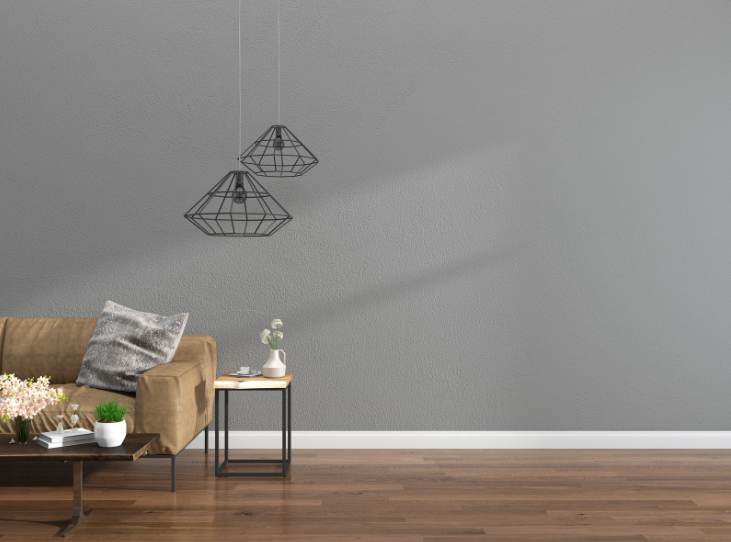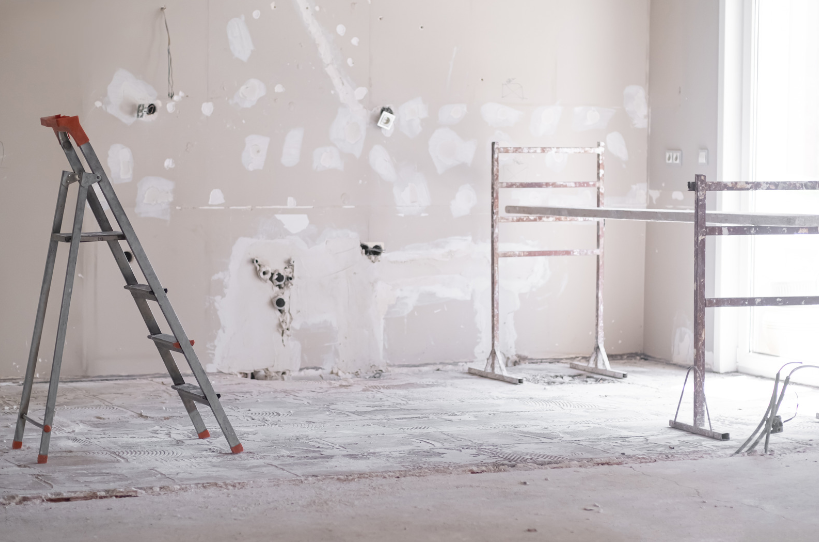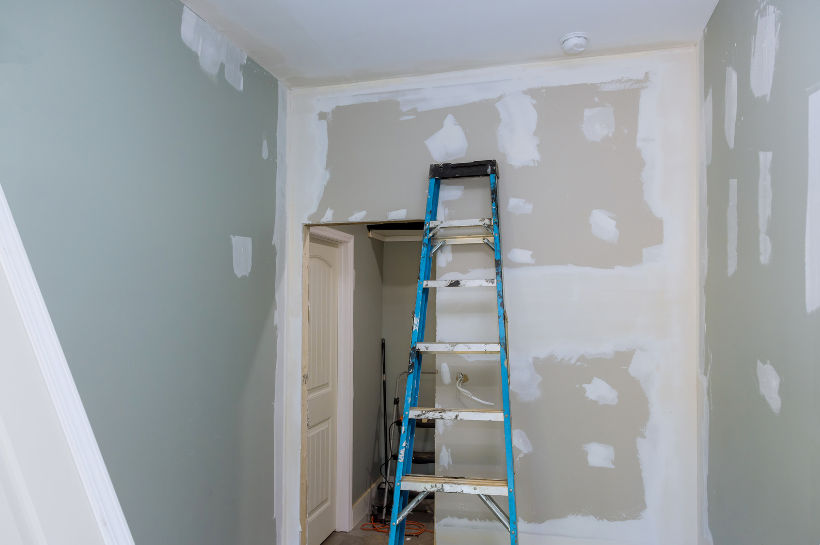Best Home Appliance Stores in Kitchener
Your
drywall is hung, your cabinets and countertops are installed, and you are ready to move into your new home. Or perhaps you just finished replacing drywall after a faulty washing machine flooded your utility room. Before you can start your new life (or return to normal life) in your home, however, you need appliances! Here are a few places that we recommend visiting in Kitchener.
Canadian Appliance Source
It has 31 showrooms across Canada, including a state-of-the-art showroom in Kitchener. With a wide selection of everything from refrigerators to outdoor barbecue grills, you are sure to find everything you need under one roof. Their friendly and knowledgeable sales staff can answer any questions you might have, or you can browse and order online from the comfort of your home. It often pays to shop in store at Canadian Appliance Source, however - many of their discounts and open box deals are only available in store!
TA Appliances & Barbecues
It is a family owned business that has been supplying Kitchener with quality appliances since 1906. From ranges & stoves to a wide selection of barbecue sauces to try on your new grill, they offer everything you could need and more. A clearance outlet sits right next to their spacious showroom, offering an experience for every budget and shopping style. In addition to a price match guarantee, TA Appliances also offers a loyalty program for their many repeat customers.
K-W Appliance Plus
It
is also a family owned business and boasts a 6,000 square foot showroom with hundreds of top quality appliances on display. K-W Appliance’s sales people do not earn commissions on your purchases, creating a relaxed shopping experience in which your salesperson’s only concern is helping you find the best appliances for your needs. They also offer in-home consultations to ensure that the appliances you have chosen will work in your space, and allow you to finance large purchases when your needs get a little ahead of your available cash.
Appliance Scratch & Dent Outlet
It is the perfect choice for homeowners who are not overly concerned with the outward appearance of their appliances. As their name suggests, Appliance Scratch & Dent Outlet sells brand new appliances that have cosmetic damage, as well as refurbished appliances. Their in-house service technicians test all appliances before they are made available for sale, so you can buy with confidence that the appliance will do its job for years to come. For consumers looking to save a little money, Appliance Scratch & Dent Outlet should be first on the list to visit!
No new home or home remodel is complete without new appliances. Whether you are replacing your washing machine out of necessity or are remodeling your entire kitchen to get rid of the outdated wallpaper and appliances, these local appliance stores are sure to have something for everyone. Let us handle your
wall repairs and remodels, then visit one of our neighbors listed here to find the perfect appliances to match!
You might also like



GET FREE QUOTE
FREE QUOTE
Contact Us
We will get back to you as soon as possible.
Please try again later.
SERVICE AREA
Contact Us
- Mon - Sun
- -
Drywallers Kitchener Inc.
130 Gay Cres, Kitchener, ON, Canada
(226) 796-9729
